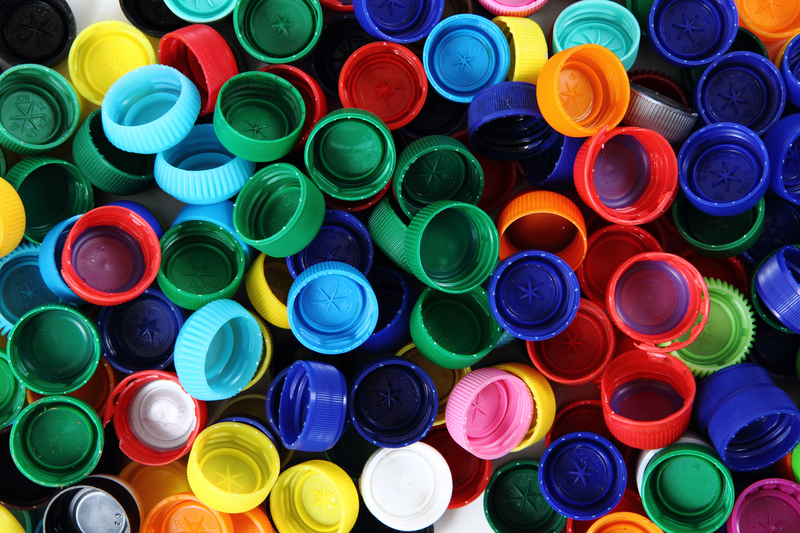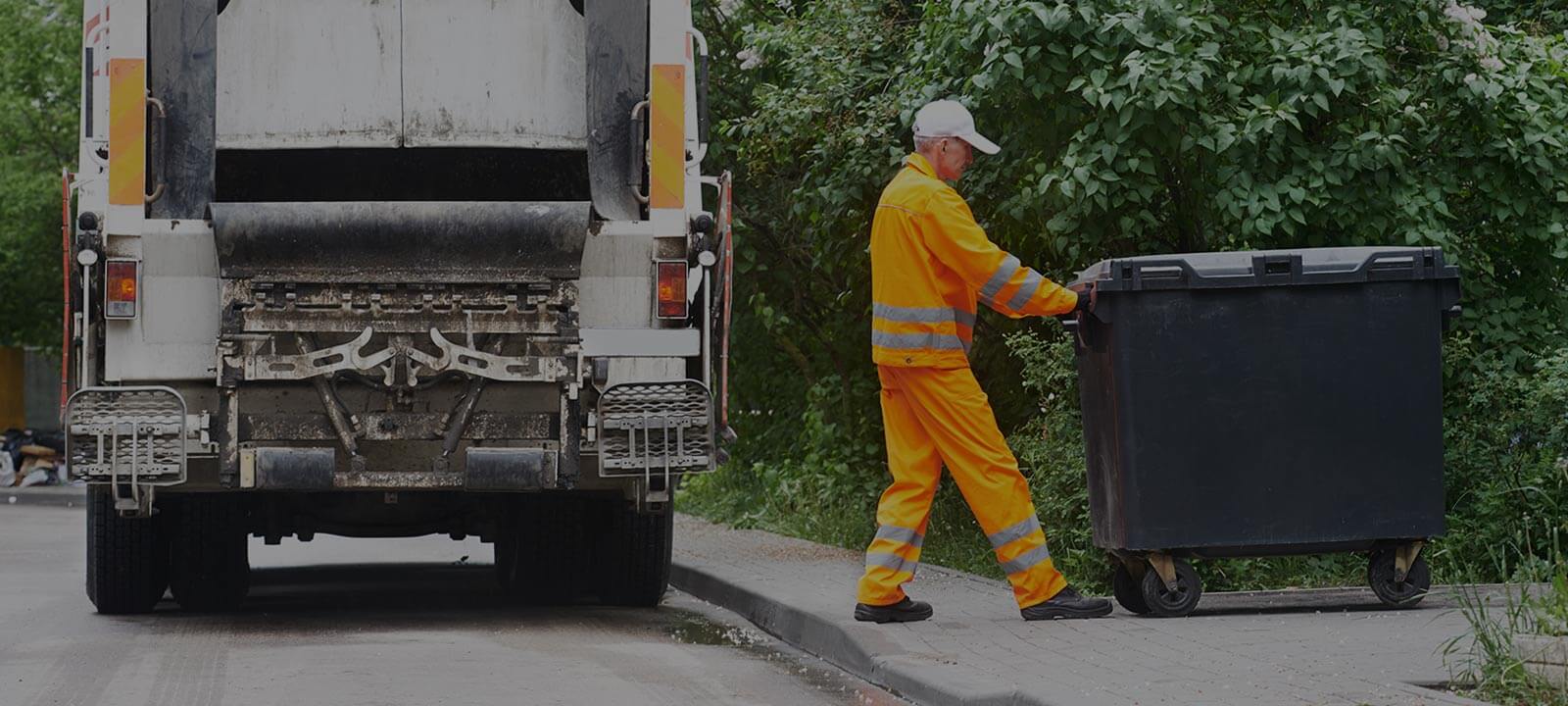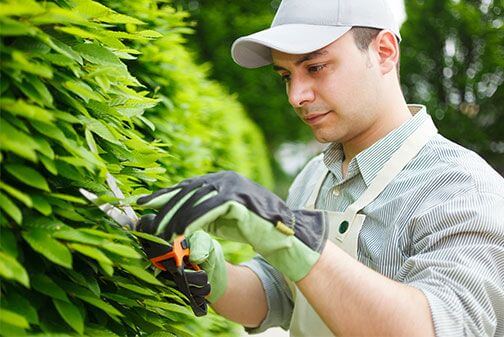Replacing Plastic: A Comprehensive Guide
Posted on 23/09/2025
Replacing Plastic: A Comprehensive Guide
Plastic has become an integral part of our daily lives, but its detrimental impact on the environment is undeniable. With increasing awareness and concern for our planet, many people are looking for alternatives to plastic. This comprehensive guide will explore the various options for replacing plastic, the pros and cons of these alternatives, and provide practical tips to help you make the transition.
The Environmental Impact of Plastic
Plastic pollution is a pressing issue that has escalated over the years. Here are some statistics to consider:
- Approximately 8 million tons of plastic waste end up in the ocean every year.
- It takes up to 1,000 years for plastic to decompose in landfills.
- Microplastics have been found in 90% of bottled water and 83% of tap water worldwide.
The need for replacing plastic is evident. Let's explore some sustainable alternatives.

Biodegradable and Compostable Plastics
Biodegradable and compostable plastics are designed to break down more quickly than traditional plastics. They are made from natural materials such as corn starch, sugarcane, and potato starch.
Pros:
- Reduces the amount of plastic waste in landfills and oceans.
- Decomposes more rapidly than traditional plastics.
- Made from renewable resources.
Cons:
- Still requires specific conditions to decompose properly.
- Can contaminate recycling streams if not disposed of correctly.
- May compete with food production for resources.
Reusable Materials
Using reusable materials is one of the most effective ways to replace plastic. These materials include glass, stainless steel, and silicone.
Pros:
- Durable and long-lasting.
- Reduces the need for single-use plastic items.
- Can be easily cleaned and maintained.
Cons:
- Higher initial cost compared to disposable plastic items.
- Can be heavier and less convenient to transport.
Natural Fibers
Natural fibers such as cotton, jute, and hemp are excellent alternatives to plastic, especially for items like bags, clothing, and packaging.
Pros:
- Biodegradable and compostable.
- Renewable and sustainable.
- Less toxic than synthetic fibers.
Cons:
- Requires more water and land to produce.
- Can be less durable than synthetic materials.
Edible Packaging
Edible packaging is an innovative solution where the packaging material is safe to consume. Materials like seaweed, rice, and even milk proteins are being used to create edible packaging.
Pros:
- Eliminates waste completely.
- Made from natural, biodegradable materials.
- Often nutrient-rich and adds value to the product.
Cons:
- Limited applications and market acceptance.
- May require special storage conditions.
- Potential for food allergy issues.
Tips for Reducing Plastic Usage
- Bring Your Own Bags: Always carry a reusable bag when shopping.
- Choose Products with Minimal Packaging: Opt for items with less or no plastic packaging.
- Support Eco-Friendly Brands: Buy from companies that prioritize sustainability.
- Use Refillable Containers: Invest in refillable bottles and containers for everyday use.
- Recycle Properly: Familiarize yourself with local recycling guidelines to ensure proper disposal.
Pros and Cons of Replacing Plastic
Pros:
- Reduces environmental pollution.
- Conserves natural resources and energy.
- Promotes healthier ecosystems and human health.
Cons:
- Higher upfront costs for some alternatives.
- Requires changes in consumer habits and practices.
- Potential for limited availability and higher costs of bioplastics.

Takeaways
- Replacing plastic is crucial for environmental conservation.
- Biodegradable plastics, reusable materials, natural fibers, and edible packaging are viable alternatives.
- Each alternative has its pros and cons, and suitability depends on specific needs.
- Simple lifestyle changes can significantly reduce plastic usage.
Conclusion
Replacing plastic is a multifaceted challenge that requires the combined efforts of individuals, businesses, and governments. While there are many promising alternatives to plastic, each comes with its own set of advantages and disadvantages. By being mindful of our choices and making small but significant changes in our daily lives, we can contribute to a more sustainable and healthier planet. Embracing reusable materials, supporting eco-friendly brands, and staying informed about sustainable practices are essential steps toward reducing our plastic footprint.






